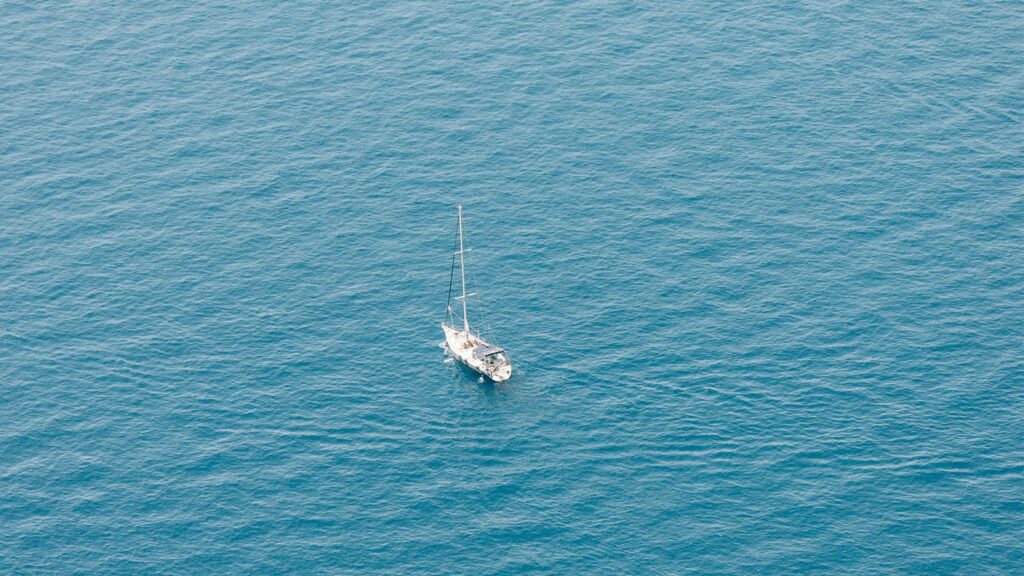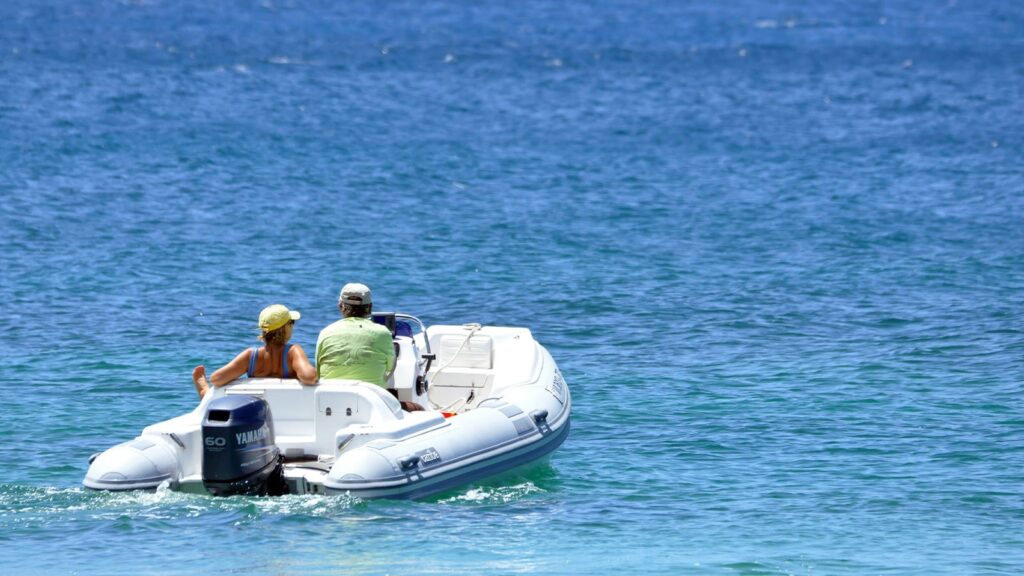Nautical flags fly high above anchorages in every popular spot in the Caribbean. Every person who charters a boat has also decided to get a custom burgee to explain that they have arrived. In all honesty, American Sailing has a few nice burgees that I have hoisted, so I am one of those people as well.
However, what do these flags mean, and where did they evolve from?
Nautical Flag Origins and History
Nautical flags have a rich history, and their evolution over time has been fascinating. Nautical flags have been used for centuries to communicate between ships at sea. They are essential tools for sailors to convey important information without the need for modern communication technologies.
The use of flags for communication between ships dates back to the 17th century. Back then, ships would use flags to signal their identities, affiliations, and intentions. Nautical flags were initially used in ancient military encounters to signal actions to other fleet members. In the past, flag communication was limited, and the primary use was to signal the need for a conference where more detailed instructions could be given. The Royal Navy’s Permanent Fighting Instructions, which comprised 45 mixed messages using 11 flags, directly resulted from signals developed during the Anglo-Dutch naval wars of the mid-1700s.
The use of nautical flags evolved, with new flags being introduced to communicate more specific information.
In the 19th century, the International Code of Signals was established to standardize the use of nautical flags. This code uses a combination of signal flags, alphabet flags, and numeral pennants to convey messages. Each flag represents a letter or a number, and the messages are spelled out by stringing together the appropriate flags.
Today, nautical flags are still used for communication between ships, but their use has expanded to include decoration and identification. For example, yacht clubs often use burgee flags to identify themselves, and boats may fly a particular flag to indicate their nationality or affiliation.
Nautical flags come in different shapes, sizes, and colors, each with a specific meaning.
Nautical Flag Uses and Meanings
- Communication – Nautical flags are used to communicate between ships, especially when modern communication technologies are unavailable or have failed. The International Code of Signals is a standardized system that uses nautical flags to communicate messages between ships. This system uses a combination of signal flags, alphabet flags, and numeral pennants to convey messages. Each flag represents a letter or a number, and the messages are spelled out by stringing together the appropriate flags.
- Decoration – Nautical flags are used for decoration, particularly in yacht clubs and marinas. Burgee flags are small triangular flags used to identify a particular yacht club or organization. They are typically flown from the masthead of a yacht or displayed in a prominent location. Many yacht clubs have their unique burgee design, often based on the club’s logo or emblem.
- Identification – Nautical flags are used for identification purposes. For example, the national flag of a particular country is often flown on ships registered in that country. This helps other ships identify the nationality of a particular vessel. Similarly, boats may fly a specific flag to indicate their affiliation or membership in a respective organization or group.
- Competitive Sailing – In competitive sailing, nautical flags communicate information to the sailors. For example, the race committee uses flags to signal the start and finish lines, any changes to the course, and penalties for rule violations. Sailors must understand the meaning of each flag to ensure they comply with the race rules.
- Tradition – Nautical flags are an important part of maritime tradition. For example, the practice of flying a flag at half-mast to honor a shipmate who has died dates back to the 17th century. Similarly, the tradition of saluting a passing ship by dipping your flag or burgee has been a part of nautical culture for centuries
Curious to study more about flags and their meanings?
Check out our Nautical Flags and Knots to Know – Laminated Chart. The ASA laminated flags and knots chart is a handy reference guide for any sailor. 8 1/2″ x 11″ laminated card stock.








